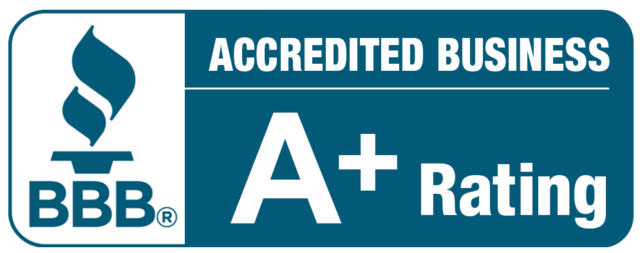You must have known before now that having your loved one in an assisted care facility comes with a cost; however, what you may not have known is that there are various costs associated with assisted living care. Yes, assisted care is not a one-off payment plan.
There are a lot of things to factor in when discussing costs. As the need for assisted living facilities has become an increasingly popular option for seniors needing extra support with daily activities, this guide gives you a clue into the various costs you may have to consider.
Understanding these costs is crucial for making informed decisions about long-term care options and helps you navigate this important aspect of senior living.
10 Costs Associated With Assisted Living Care
There is no rule of thumb or list of costs associated with associated living care because costs are facility-dependent and also personalised. Below are some costs that may apply to you:
1. Base Monthly Fee
The base monthly fee in assisted living facilities typically covers room and board, as well as basic services such as meals, housekeeping, and laundry. This fee varies depending on factors such as location, size of the living space, and amenities offered by the facility.
2. Level of Care Services
Assisted living facilities often provide varying levels of care based on individual needs. Additional services such as assistance with bathing, dressing, medication management, and transportation may be available at an extra cost. The level of care required by the resident directly impacts the overall expenses.
3. Initial Move-In Fees
Some assisted living communities charge one-time move-in fees to cover administrative costs, apartment refurbishment, and community amenities. These fees can range from a few hundred to several thousand dollars and are usually non-refundable.
4. Utilities and Amenities
While some facilities include utilities and amenities such as cable TV, internet access, and recreational activities in their base monthly fee, others may charge additional fees for these services. It’s essential to clarify what is covered and what is not to avoid unexpected expenses.
5. Medical Services
Depending on the facility, medical services such as regular health assessments, on-site nursing care, and access to medical professionals may incur additional charges. Some facilities have partnerships with healthcare providers, while others may require residents to arrange medical care separately.
6. Medication Management
Residents who require assistance with medication management may incur extra fees for medication administration services. This can include assistance with organizing prescriptions, refills, and ensuring medications are taken as prescribed.
7. Specialized Care Programs
Assisted living facilities may offer specialized care programs for residents with specific medical conditions, such as Alzheimer’s or dementia. These programs often involve tailored activities, therapies, and additional staff training, which can result in higher costs.
8. Respite Care and Short-Term Stays
Assisted living facilities may offer short-term stays for families seeking temporary care solutions or respite for primary caregivers. These stays typically incur daily or weekly rates, which may differ from the standard monthly fees.
9. Financial Assistance Options
It’s important to explore potential financial assistance options available to offset the costs of assisted living care. This may include long-term care insurance, veterans’ benefits, Medicaid waivers, or state-funded programs to assist low-income seniors.
10. Annual Cost Increases
Families should anticipate annual cost increases in assisted living facilities to account for inflation, rising operational expenses, and improvements in services and amenities. Understanding these potential increases is vital for long-term financial planning.
What is the average cost of assisted living facilities in the US?
The cost of assisted living facilities is individual and facility-dependent. There is no one-size-fits-all price for such care. However, the average cost of assisted living in the United States is $4,500 per month, or $54,000 annually, according to the National Council of Aging. Remember that the cost of assisted living varies depending on the type of community or facility, the state you live in, and the level of care you need
Conclusion
In conclusion, while the costs associated with assisted living care can seem daunting, understanding the breakdown of expenses is essential for making informed decisions about senior care options. By considering the costs associated with assisted living care above, families can better navigate the financial aspects of assisted living care and ensure the well-being and comfort of their loved ones in their golden years.
We hope you found this guide helpful.
If you are in Indiana and looking for how to access quality care services and personalized client care plans, visit Good Hands Home Care Agency, where care is offered with professionalism and efficiency.





